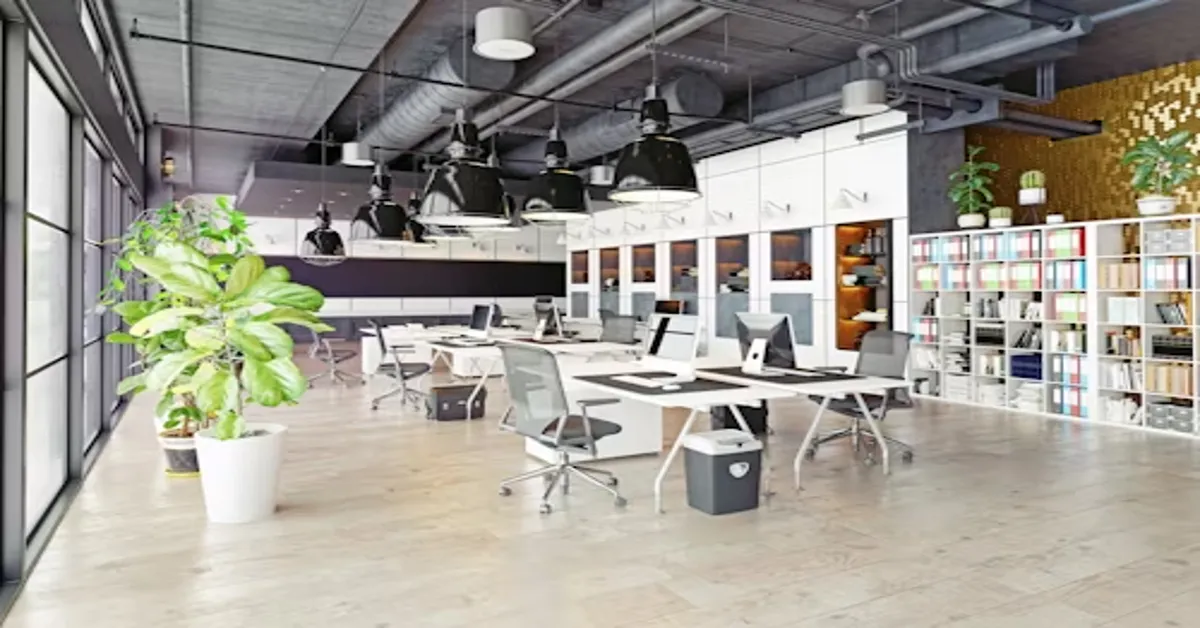Commercial spaces are more than places of business—they are reflections of your brand, your values, and your attention to detail. Whether you manage an office building, a retail storefront, or a hospitality venue, the physical environment you create plays a critical role in shaping perception, boosting productivity, and influencing customer behavior.
With that in mind, here are several practical and proven strategies that can elevate both the aesthetic and functional aspects of your commercial space.
1. Define the Purpose of the Space
Before making any changes, clarify what your space is meant to achieve. Is it designed to welcome clients? To house a focused team? To encourage lingering and browsing?
Each function demands a different setup. An open-concept layout might suit collaborative teams, while a private, noise-buffered environment may be essential for high-focus work. Aligning your design with your goals will drive better results and reduce costly missteps.
2. Start With a Clean, Cohesive Design Palette
A polished appearance starts with consistency. Choose a neutral base color and pair it with two or three complementary accent tones. Keep textures and materials unified across floors, walls, and furnishings.
Cohesion doesn’t mean boring. It means thoughtful repetition—wood paneling echoed in trim, metallic fixtures matching hardware, or color schemes that extend from signage to seating. This approach instantly communicates professionalism and attention to detail.
3. Prioritize Lighting for Function and Mood
Lighting does more than illuminate—it sets the tone. Natural light fosters well-being and reduces fatigue, while layered artificial lighting (ambient, task, and accent) supports various functions.
Bright, white lighting suits retail and healthcare settings. Warmer tones create a welcoming atmosphere in restaurants or lounges. Motion sensors and dimmable options offer flexibility and efficiency, especially in multi-use areas.
4. Invest in Durable, Purpose-Driven Materials
Commercial spaces endure wear and tear. Flooring, furniture, and wall finishes must withstand heavy traffic without constant replacement. Vinyl composite tile (VCT), polished concrete, and treated wood are common flooring choices due to their longevity.
For upholstered pieces, consider materials rated for commercial use, such as Crypton or microfiber. They resist staining, support cleaning protocols, and hold up over time. Durability doesn’t mean sacrificing style—it means smarter investment.
5. Incorporate Smart Technology and Automation
Smart features aren’t just for tech offices. Automated climate control, energy-efficient lighting systems, and cloud-based access control improve both experience and efficiency.
Touchless entry, smart thermostats, and room-booking displays make navigating the space easier for employees and visitors. These upgrades often lead to energy savings and can support sustainability goals—an increasingly important consideration for clients and investors.
6. Optimize Traffic Flow and Spatial Layout
A cluttered or confusing layout leads to frustration and inefficiency. Clear walkways, logical zones, and signage help guide movement throughout your space.
Start by analyzing peak traffic patterns. Are there bottlenecks near entrances or elevators? Do visitors often ask for directions? If so, a redesign or spatial tweak could improve flow. Consider the impact of fixtures, shelving, and furniture placement on how people move and interact within the environment.
7. Add Greenery and Biophilic Elements
Biophilic design—bringing elements of nature indoors—has been linked to improved mood, focus, and air quality. Add planters, green walls, or even a modest indoor tree near high-traffic areas. Natural textures like stone, wood, and bamboo also evoke an organic calm.
Research by the University of Exeter found that office environments with plants can increase productivity by up to 15%. Source
Even small touches—succulents on desks, hanging vines in a reception area—can make a commercial space feel more vibrant and alive.
8. Don’t Overlook Exterior Appeal
Curb appeal isn’t just for homes. The condition of your exterior sends a message before anyone steps inside. Cracked pavement, faded signage, or inadequate lighting can all deter potential clients or tenants.
Hiring a reputable commercial paving company can help improve parking lot surfaces, walkways, and loading areas. Well-maintained exterior spaces boost perceived safety and accessibility—two key concerns for any business.
Other ideas include adding outdoor seating, improving landscaping, and clearly marking entrances and exits.
9. Blend Brand Identity Into the Environment
Your commercial space should reflect your brand identity—not just in logos or signs, but in style and tone. A law firm may use dark woods, rich fabrics, and formal artwork to project authority. A creative agency might prefer open ceilings, bold graphics, and playful furniture.
Think beyond the obvious. How does your space sound, smell, and feel? Are your brand values evident in the experience you create?
Even subtle design choices—like branded color accents or thematic wall art—can reinforce recognition and trust.
10. Maintain Flexibility for Future Growth
Finally, don’t over-design. Leave room for growth, reorganization, or temporary uses. Modular furniture, movable walls, and flexible lighting options allow you to adapt without a full renovation.
In fast-evolving industries or growing companies, agility is as important as appearance. Designing for change protects your investment and supports long-term success.
Final Thoughts
Transforming your commercial space isn’t just about style. It’s a strategic effort that enhances performance, supports your team, and sends a message to the outside world. By focusing on practical upgrades—alongside thoughtful design choices—you can build a space that looks great and works even better.
These strategies aren’t about chasing trends. They’re about aligning environment with function, and making every square foot count.
If you want your business to stand out for the right reasons, start with the space that represents it.

